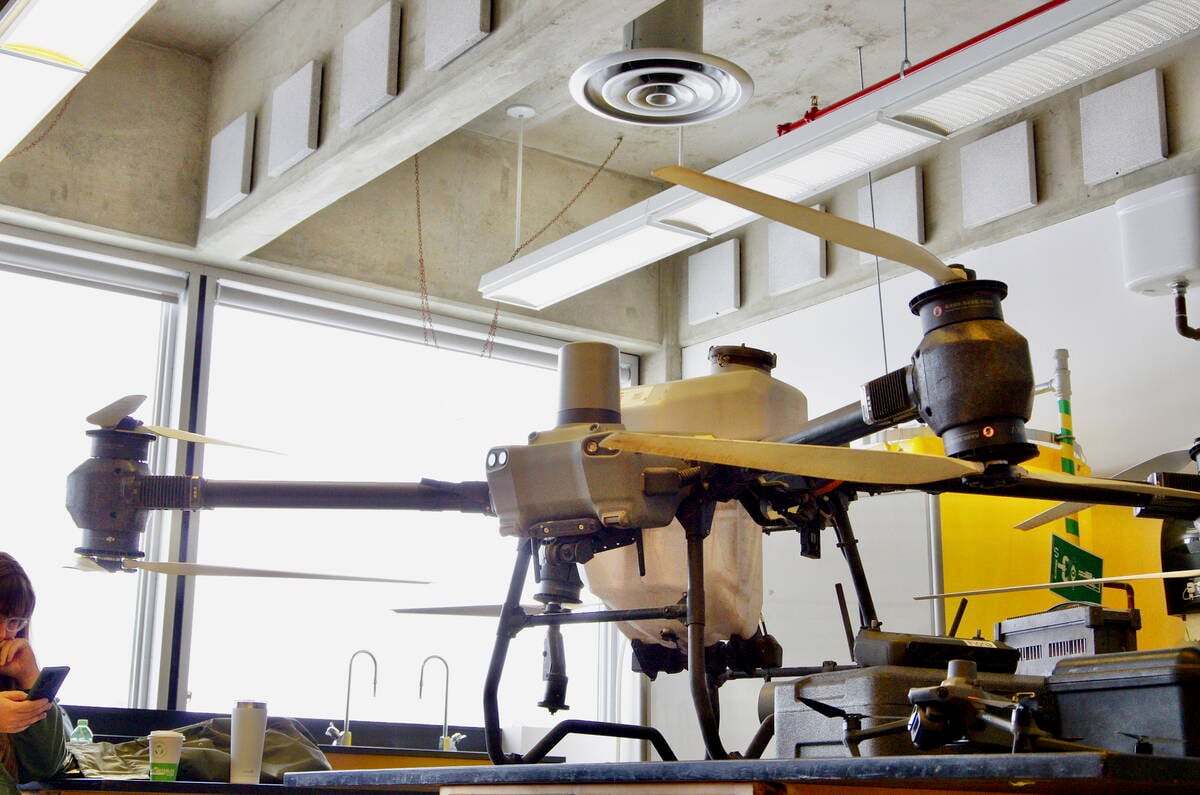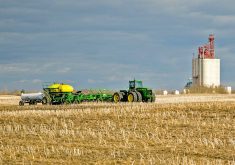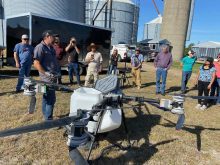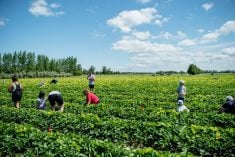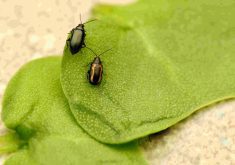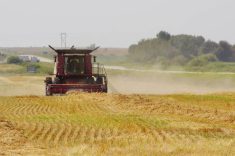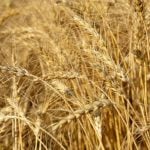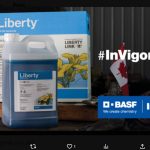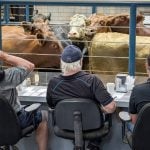In Canada, crop chemicals approved for use with a ground sprayer or crop duster can’t simply be stuck in a drone. They must be labeled with the term “remotely pilot aircraft system.”
No agricultural chemicals have gotten that label, yet.
WHY IT MATTERS: Sales and interest at farm shows suggests producers are ready to try drone pesticide application, and they’re watching their counterparts in the U.S. use the technology, but no products are approved in Canada for agricultural use.
Read Also
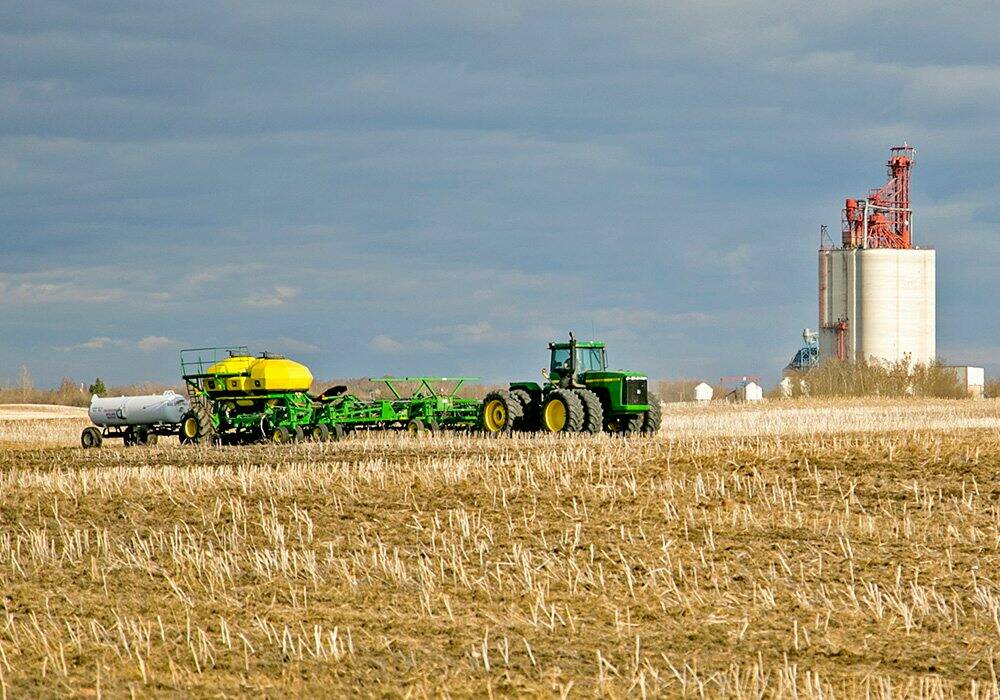
Better data on fertilizer emissions with the Internet of Things
Web of soil sensors looks for live insights on farm greenhouse gas emissions and nitrogen fertilizer application.
It’s been a bone of contention between an industry chomping at the bit to access the technology, and regulators who have said that drone application has different considerations than standard aerial application, and so needs a distinct label approval even if those same products can be applied via spray plane.
The Pest Management Regulatory Agency’s (PMRA) says they need chemical makers to supply them with a raft of information like environmental data, operator exposure, spray drift and efficacy before those approvals can be considered.
Some parties in Canadian agriculture, meanwhile, are frustrated the PMRA isn’t more open to taking data generated in trusted regulatory jurisdictions, like the U.S., to speed up the process.
Kevin Falk is a field modernization scientist with Corteva. This year, he conducted field trials in Manitoba, including four trials at EMILI’s Innovation Farms northwest of Winnipeg.
Falk shared a few highlights of those trials with the Agriculture Enlightened audience in late October.
Efficacy versus water volume
One trial evaluated an unspecified herbicide’s efficacy as a desiccant on soybeans at three different water volumes — 20, 50 and 100 litres per hectare (one hectare is 2.47 acres). In this trial, low water volume appeared to perform similarly to high water volumes. However, at lower water volumes, there was a bit more spray drift due to light gusts of wind.
Drift risk has been among the complications flagged by those worried about drone spraying application.
In an interview, Falk said he couldn’t definitively say why there was greater drift at lower water volumes. However, he said it could be because with lower water volumes, the drone is traveling much faster. To do this, the drone tilts forward, which changes the trajectory of the spray.
A fungicide trial on corn also tested different water volumes in the drone. Falk found that low water volumes performed similarly to high water volumes with “perhaps slightly more disease.”
Both trials saw issues with uneven spray, such as lighter spray to the edge of the drone’s pass and more concentrated spray when the drone was accelerating and decelerating. That had a lot to do with the small research plots though, Falk noted, which took one or two passes to cover.
“When farmers are doing this, they don’t have to worry about this at all because they’re spraying this whole field,” he said.
In a further trial with fungicide on corn, preliminary results showed reduced efficacy at 20 litres per hectare compared to 50 litres per hectare.
Creating a workable label
That gap in efficacy is a concern for the technology.
“That’s a worry that we have at Corteva — or any pesticide, fungicide producers,” Falk said.
“If I’m selling that fungicide, I’m worried that farmers are going to come back and say, ‘Hey, it didn’t work really well.’”
Farmers are likely to push the boundaries of what’s on the label—for instance lowering water volumes as much as possible to increase application speed.
Drone application works if the products are used correctly, Falk maintained. “I think there is a disconnect between what we put on the label and then what is actually done in the field.”
Farmers have a bottom line to worry about, Falk acknowledged, and that has to play into the development of whatever label passes muster with the PMRA.
“That’s something we have to consider as well as we develop these labels, as we do this research — that we’re in lockstep with growers and custom applicators that are using this so we’re not creating a label that they can’t follow, or that we’re cutting corners in order to sell more product.”
Safety data
Alongside product efficacy, drone application raises safety and marketing questions — for example, does it meet maximum residue limit regulations? That could potentially have big impacts on Canadian grain farms and their ability to market product.
Similarly, there are questions about chemical exposure to workers and bystanders. The smaller tank of spray drones means more refilling, potentially increasing exposure risks beyond what farmers normally experience during spray season.
“With spray drones, you’re refilling them every five or 10 minutes, so you’re coming into contact a lot more than you would with a regular ground rig,” Falk said.
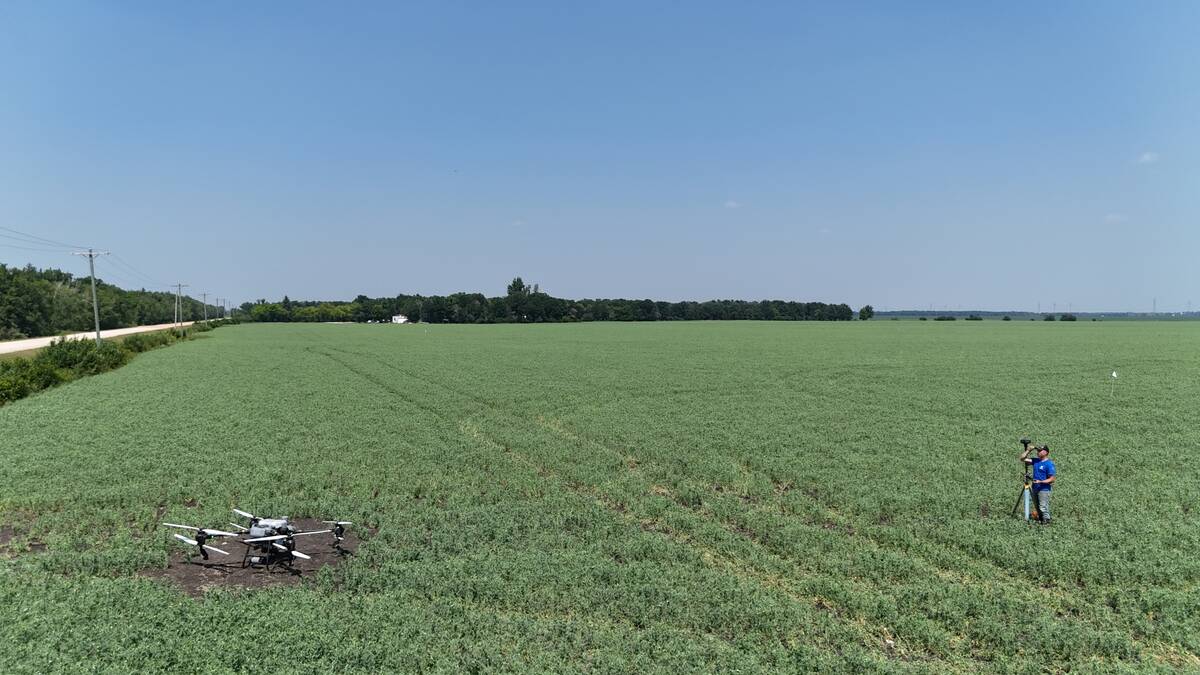
Corteva is working on generating data for multiple products.
A global Unmanned Aerial Pesticide Application System Task Force, composed of eight agricultural chemical companies including Corteva, is also generating data on off-site movement, operator exposure, human dietary exposure and spray drift.
To date, five products are approved for application via drone — three larvicide products, and Corteva’s Garlon XRT herbicide. None of those are greenlit for agriculture.
Generating enough data to get drone application added to a product label is expensive and time-consuming. However, despite efficacy and regulatory challenges, Falk was largely bullish on drones’ place in agriculture.
“I don’t think it’s ready for prime time yet, but it’s not too far away,” he said. “As soon as some of these challenges get solved, you’re going to see a lot more of these spray drones.”


